Photo Credit: Jesse Levine
Watch our 2025 GT Q&A Livestream with Doug Stenclik, Cam Smith, and Eric Poore to learn tips and tricks about gear, water, packing, fueling and more.

Photo Credit: Jesse Levine
Watch our 2025 GT Q&A Livestream with Doug Stenclik, Cam Smith, and Eric Poore to learn tips and tricks about gear, water, packing, fueling and more.
If you think skinning up groomers is ski mountaineer racing, then you are in for a grand surprise. The Grand Traverse is an event that highlights the artistry of skimo racing better than any other event in the country. Teams are tasked with traversing through the expansive Elk Mountains of Colorado - leaving Crested Butte at the strike of midnight and hoping to arrive in Aspen the same day...ideally before happy hour ends. Most skimo races exist within the confines of ski resorts for facility and safety. The Grand Traverse, however, channels the true spirit of ski mountaineering by traveling 40 miles across the heart of the Colorado Rockies backcountry.
This post will act as a Grand Traverse Gear Guide to help you get situated with the right gear for the mission. Our recommendations are perfect for someone who hopes to race the GT, but also those who would like to build a tool kit for longer and farther backcountry adventures. We'll go item by item through the official Grand Traverse packing list and give you recommendations on the best gear for the race. Every gram counts for 40 miles of backcountry travel, so these choices will be the ultralight options for the particular mission. You can always choose gear that weighs more to save money or improve downhill performance, especially if not doing the 40 mile race.
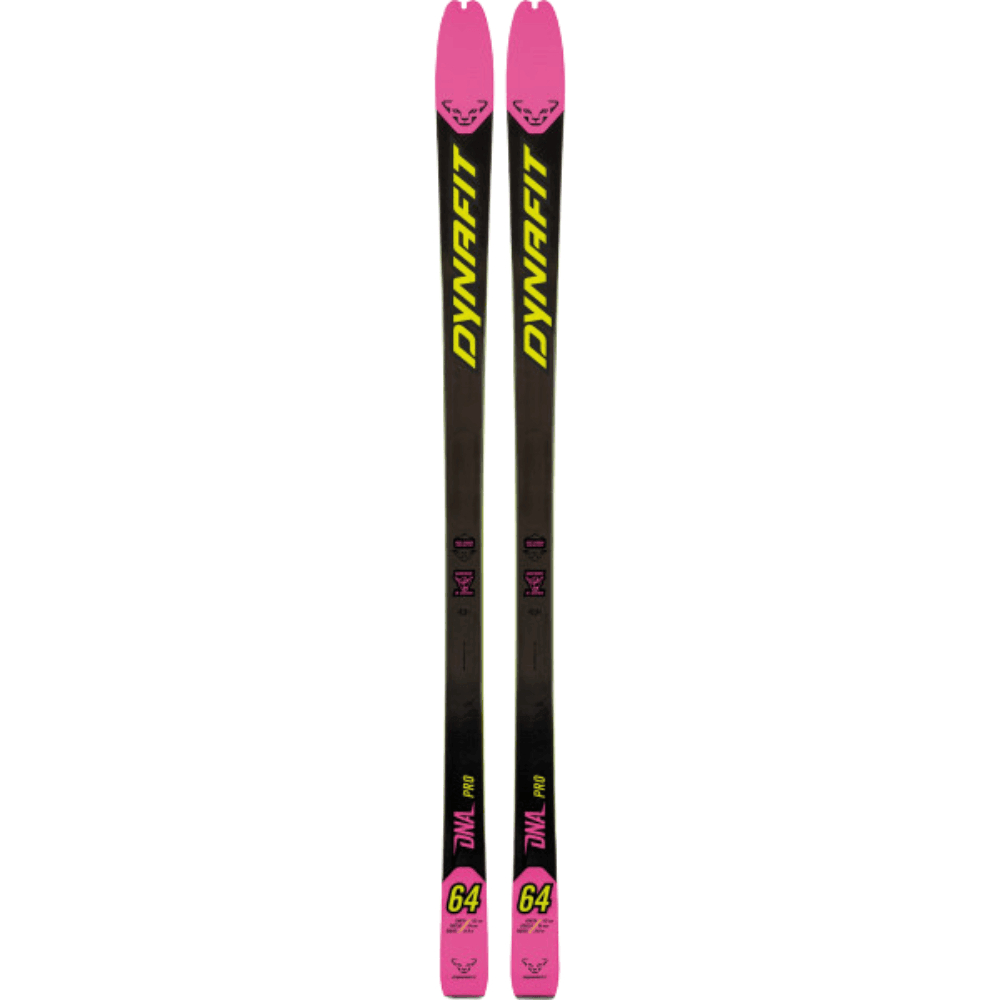

Skis – Race skis are tools, not toys. They leave something to be desired on the downhill, but feel like a pair of winter running shoes for the way up. The Dynafit DNA is the premier race ski on the market right now. This ski will feel like a rocket ship on the bottom of your feet at a scant 690 grams. A more robust race ski option is the Dynafit Mezzalama. It clocks in 100 grams heavier than the DNA, but has a full length sidewall for added durability and dampening.
Boots – The most important characteristic of a race boot is comfort. Skimo racing promotes a style of touring that we don't typically experience during a normal day out in the backcountry: we're moving at a faster pace, skiing a smaller and more unwieldy ski, and sweating a lot more. It's crucial to try on race boots in person to see what fits your foot best. Affordable race boot options are the Dynafit Mezzalama Boot or the Scarpa Alien. If you are interested in a carbon fiber race boot masterpiece check out the Pierre Gignoux Black!
Bindings – Race bindings are simple, easy-to-use pieces of equipment that have the opportunity to last you years/decades/a lifetime (?). You'll want to ensure you have an adequate flat mode for the GT or you'll suffer the consequences of ski touring with a pair of high heels for the long, flat sections of this race. We like the Dynafit Superlite 150 for a robust binding option that has a good flat mode. The ATK Revolution is slightly lighter yet very robust, but you will lose the flat mode.
Note: The use of a ski retention system (leashes) is mandatory on Aspen Mountain. Each racer’s ski retention system will be checked at the top of Aspen Mountain before racers are allowed to enter the ski area and descend to the finish. Ski retention systems can be in the form of leashes (what we recommend) or ski brakes (avoid these for the added weight and bulk).
I left this quote in because I never attached my leashes to go down Ajax. Somehow after skiing race gear without leashes hundreds of times before without incident, my ski blew off, shot into the woods, and was never seen again. Trust me, skiing down Ajax on one ski is a shitty way to finish a 10-hour effort and an expensive mistake.
Poles – Your backcountry adjustable poles will do fine for this. If you have the opportunity, find a longer than average pole. Think your backcountry pole length plus 20%. When striding uphill and especially on flats, a longer pole promotes a kick-and-glide stride that will save you a lot of energy in the long run. Channel your inner Nordic Classic technique with this style of touring in mind. The Dynafit DNA pole is the perfect pole for this style of uphill touring.
Climbing Skins – 4 Pairs of skins per team is necessary and more skins provide more security. The insider beta is to get two pairs of different skins:
- One pair of full-length / full-width skins with a tail clip that climb well. These will be great for the steep climb up Star Pass.
- One pair of 3/4 length skins that run slightly more narrow. These will help with lower-angle climbs and provide added glide for the kick-and-glide touring on the flats.
Pomoca Race 2.0's are the best skins you can get for both applications. Just purchase the thicker and thinner widths. Or you can buy it by the roll and make your own climbing skins.
Tow Systems - If you are a team where you know one partner is much stronger than the other, you are going to want to tow. This is an effective system to help keep the team together. Be careful with energy depletion with this method, and practice it before during some training laps. I really recommend using the Blue Ice Choucas Light Harness.
for both the tower and the towie. I have towed and been towed in this race and it will ruin your day if you don't have a harness.

Helmet - Look for a CE 1077 (alpine skiing) certified helmet. The Dynafit TLT Helmet and the Salomon MTN helmets are great lightweight ski helmets for racing and ski touring.
Eye & Skin Protection - You need ski goggles, sun glasses and ski protection (sunscreen) for the Grand Traverse. A pair of low light or clear lens glasses are crucial for this race since the race starts at the spry hour of midnight. We recommend the Smith Shift Split Mag sunnies that are photochromic, transitioning from CAT 0-3. Back up clear goggles are also mandatory in case the snow starts blowing.
Base Layer (top and bottom) - Race suits are the ideal base layer for this category. They are designed for skimo racing and moving at a fast, aerobic pace in the mountains. They have specific pockets for an avalanche transceiver, skins next to your stomach to keep warm, and the crucial snack pocket on your chest. Storing snacks in the race suit pockets is important because otherwise, you'll be trying to choke down frozen food at 2:00 AM (speaking from experience). A two-piece race suit is a more flexible layer system and helps facilitate going to the bathroom. The Dyanfit Mezzalama Race Top (Men's & Women's) and Race Pants (Men's & Women's) are our favorite.
Emergency Insulation Layers - This is an important and often overlooked item on the GT gear list. Moving at an aerobic pace produces a lot of heat/energy. But a single gear malfunction, health concern, or emergency stop will dramatically drop your temperature. The insulation tops and bottoms called for on the packing list are a crucial part of this race's necessary gear for that reason. We recommend a lightweight synthetic jacket like the Dynafit Mezzalama Polartec Alpha Top (Men's & Women's) and the Men's Rab Photon Pants or Women's Crazy Ionic Pants are great lightweight insulation choices. Be warned, however, that these pieces run on the cold side of insulating layers.
Wind Shell - The Dynafit DNA Race Wind Jacket and Pants are the lightest option for this gear list item. I've come to enjoy touring in this style of jacket as well. It's superlight, soft over a base layer, and just enough to cut wind, cold, and slight precipitation. However, it's definitely not durable.
Socks - Socks matter more than you would think. Preventing blisters, swollen feet, and general foot fatigue is a huge challenge for races this long. The Dissent Compression Socks do a remarkable job of making my feet happy no matter the length of the tour. Bring an extra pair of ankle socks (because you need extra socks according to the packing list) if you want to save a few grams (you do).
Gloves & Warm Hat - You need two pairs of gloves and a warm hat. The Dynafit Borax are a great 'My hands feel like ice blocks' pair of backup mittens. I've even put these on my feet when they were in a desperately cold situation (hopefully, it doesn't get to that for you). I'd also highly recommend the Dynafit Mercury Glove, which is quite a bit warmer than your typical light race glove, but you'll need the extra warmth in this race.

Transceiver - Any three-antenna transceiver works here. Transceivers must be worn on the body throughout the duration of the race.
Shovel & Probe - If you want the absolute lightest option here, look to the Arva Ultra Race Shovel and Race Probe. These are great options if you want to do a lot of skimo races. If you want to get a transceiver, shovel and probe for all of your backcountry travel, consider a kit that has the three items sold together for a better price.
4.94 / 5.0
17 reviews4.82 / 5.0
11 reviews4.95 / 5.0
19 reviews4.44 / 5.0
16 reviews4.82 / 5.0
11 reviews
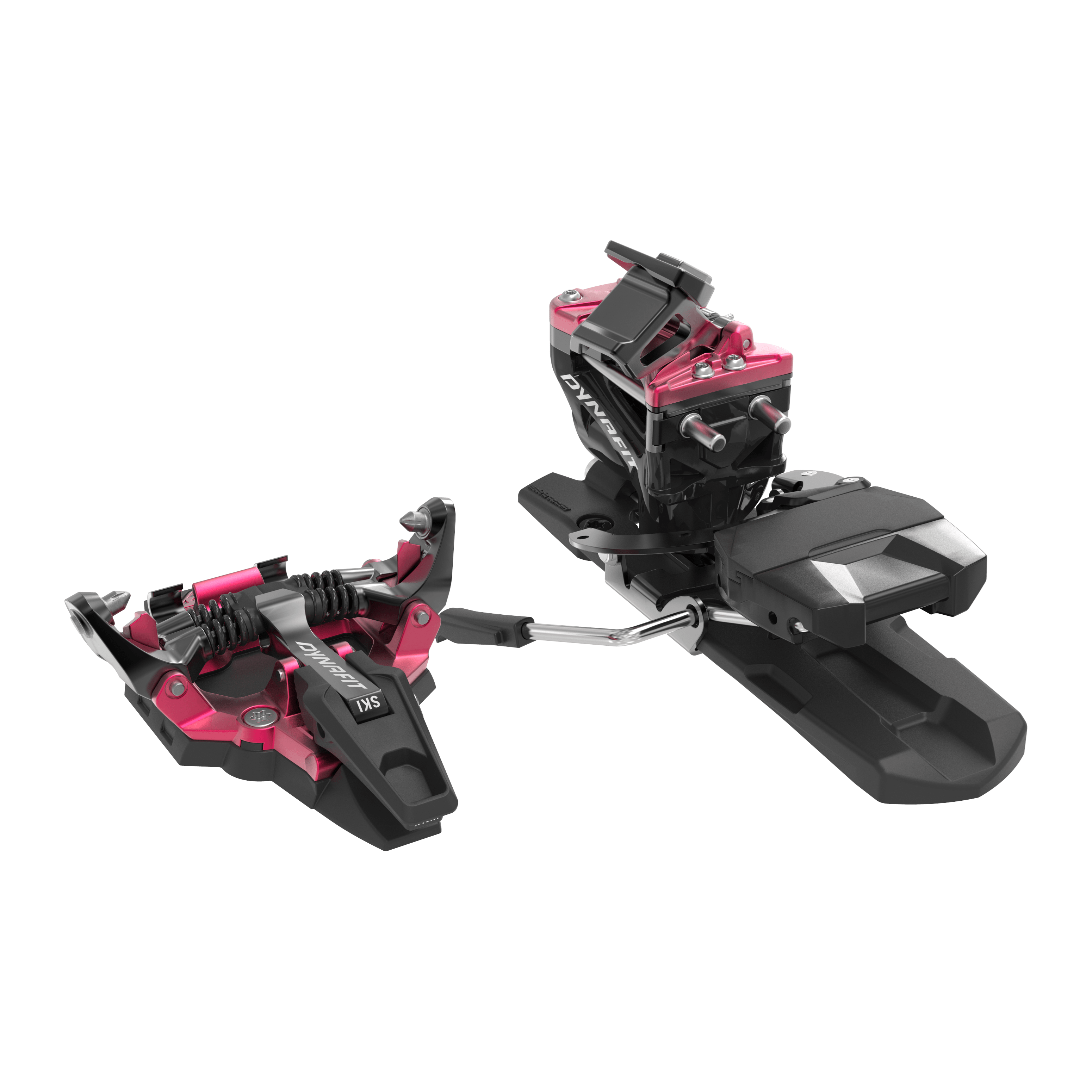
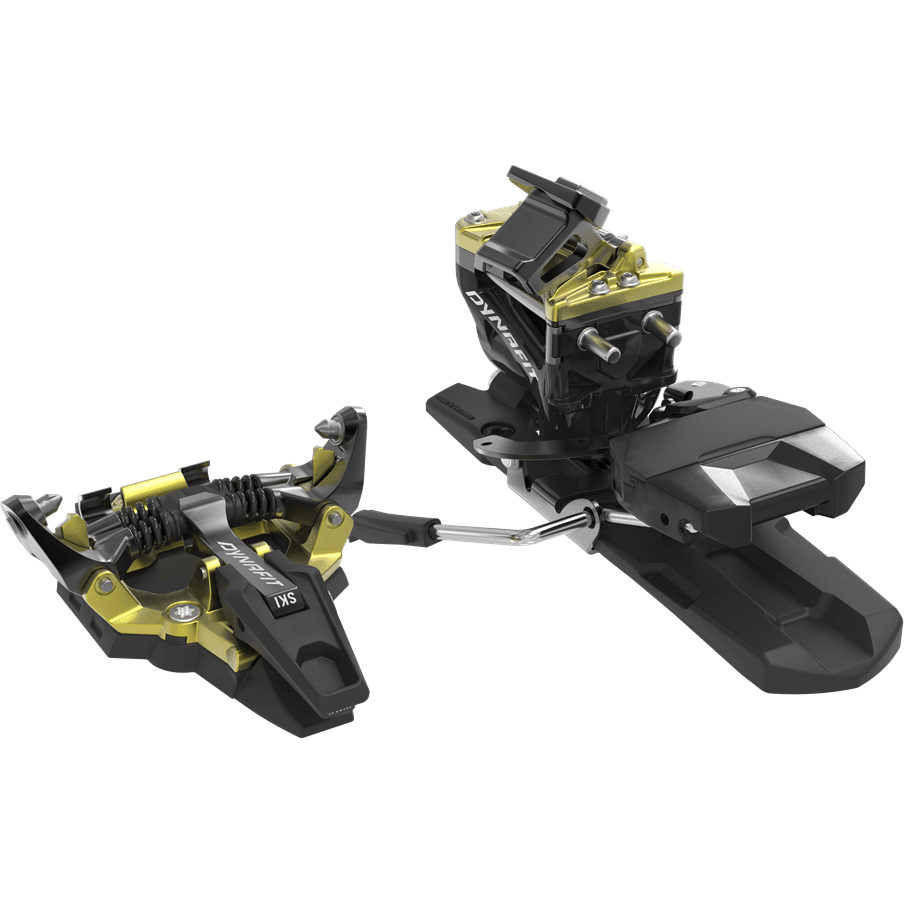

5.0 / 5.0
5 reviews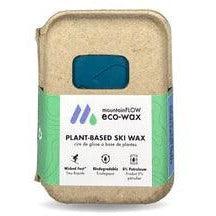
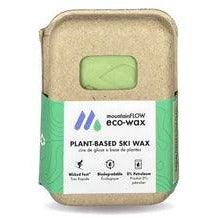
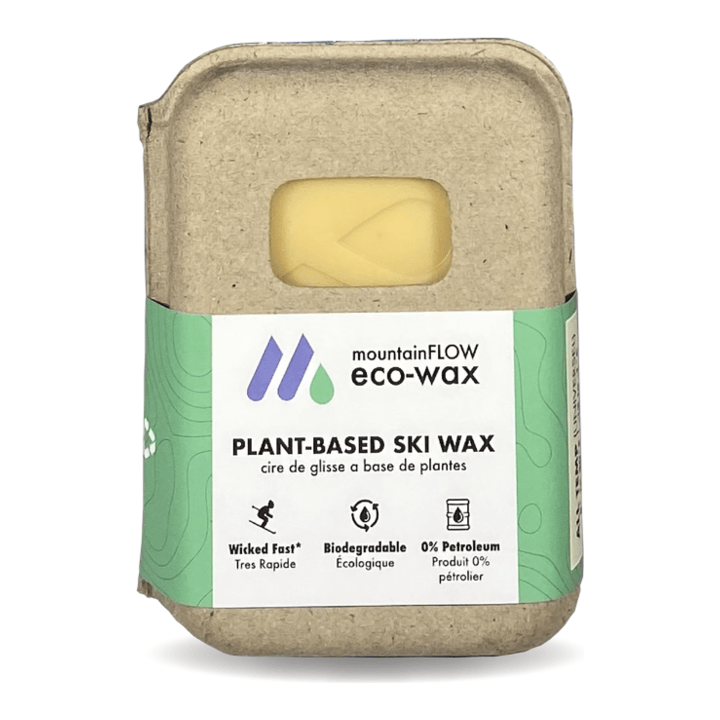
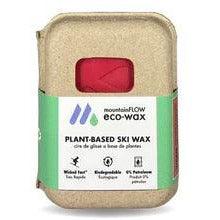
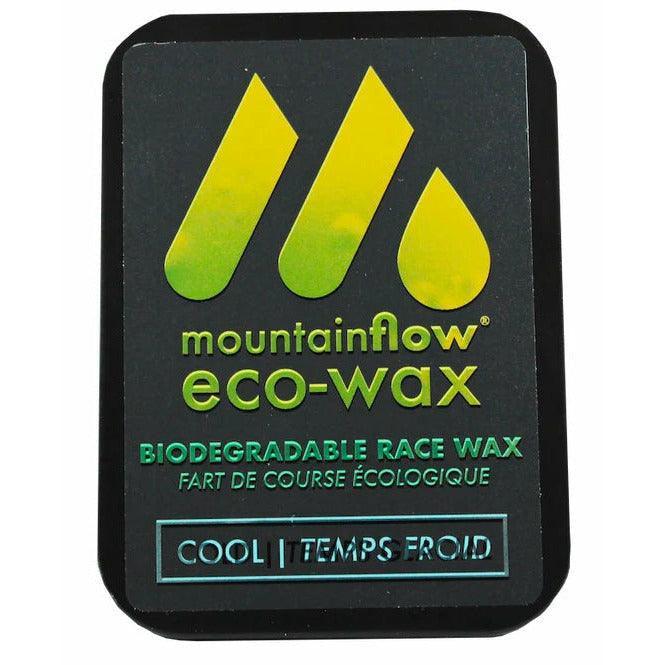
5.0 / 5.0
2 reviews4.77 / 5.0
13 reviews4.62 / 5.0
8 reviews5.0 / 5.0
1 review5.0 / 5.0
3 reviews4.88 / 5.0
8 reviews4.75 / 5.0
4 reviews5.0 / 5.0
7 reviews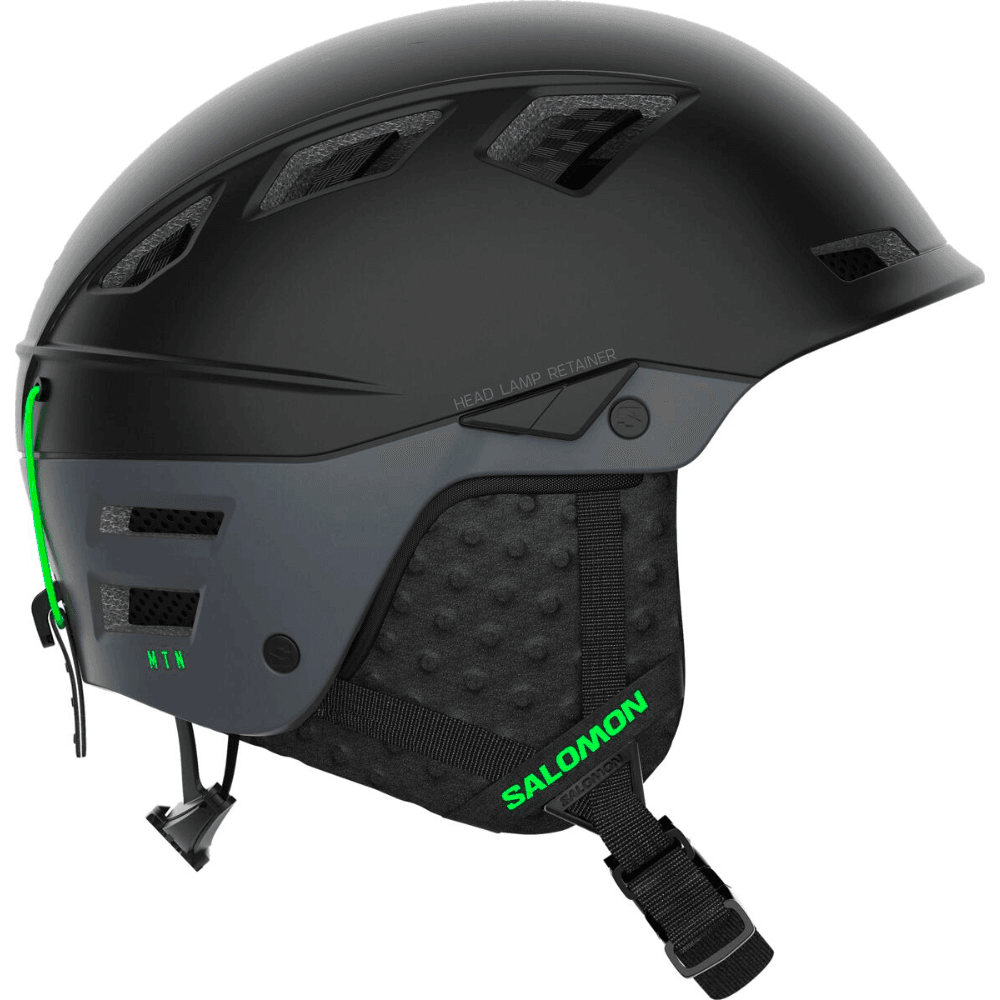
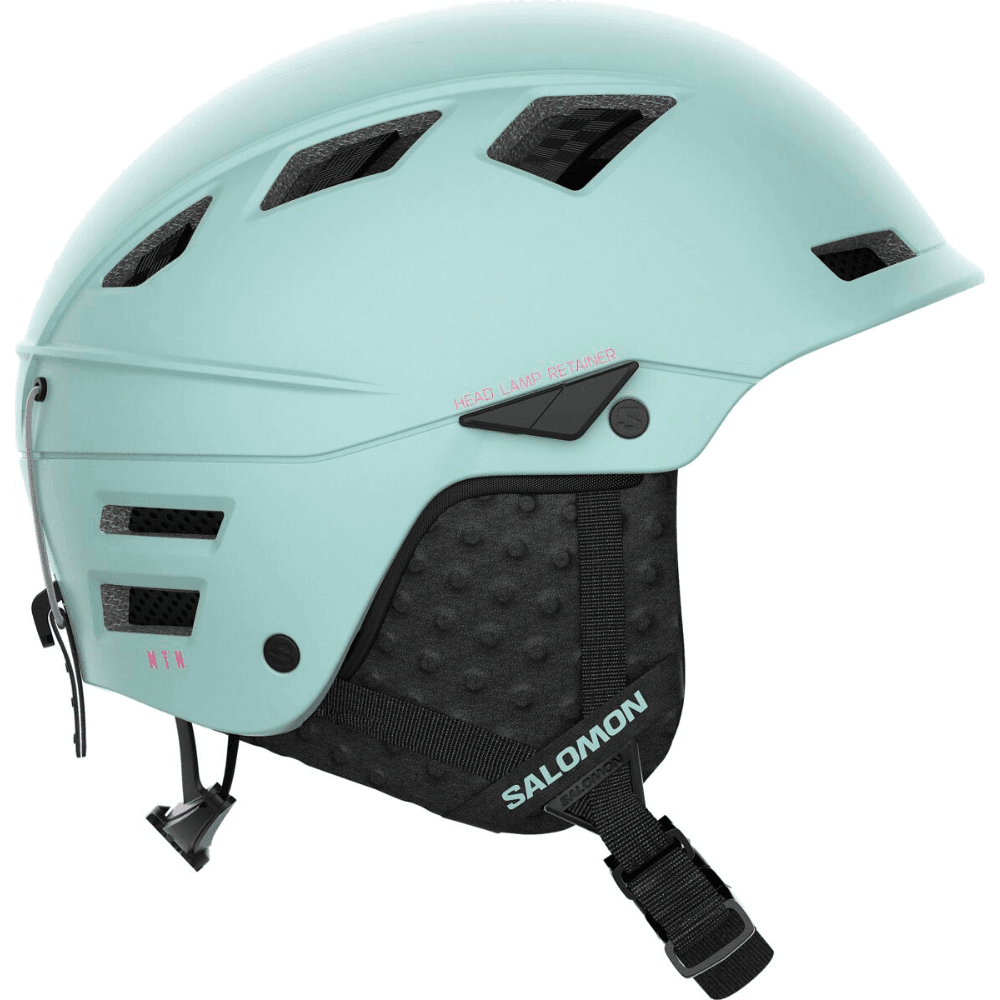
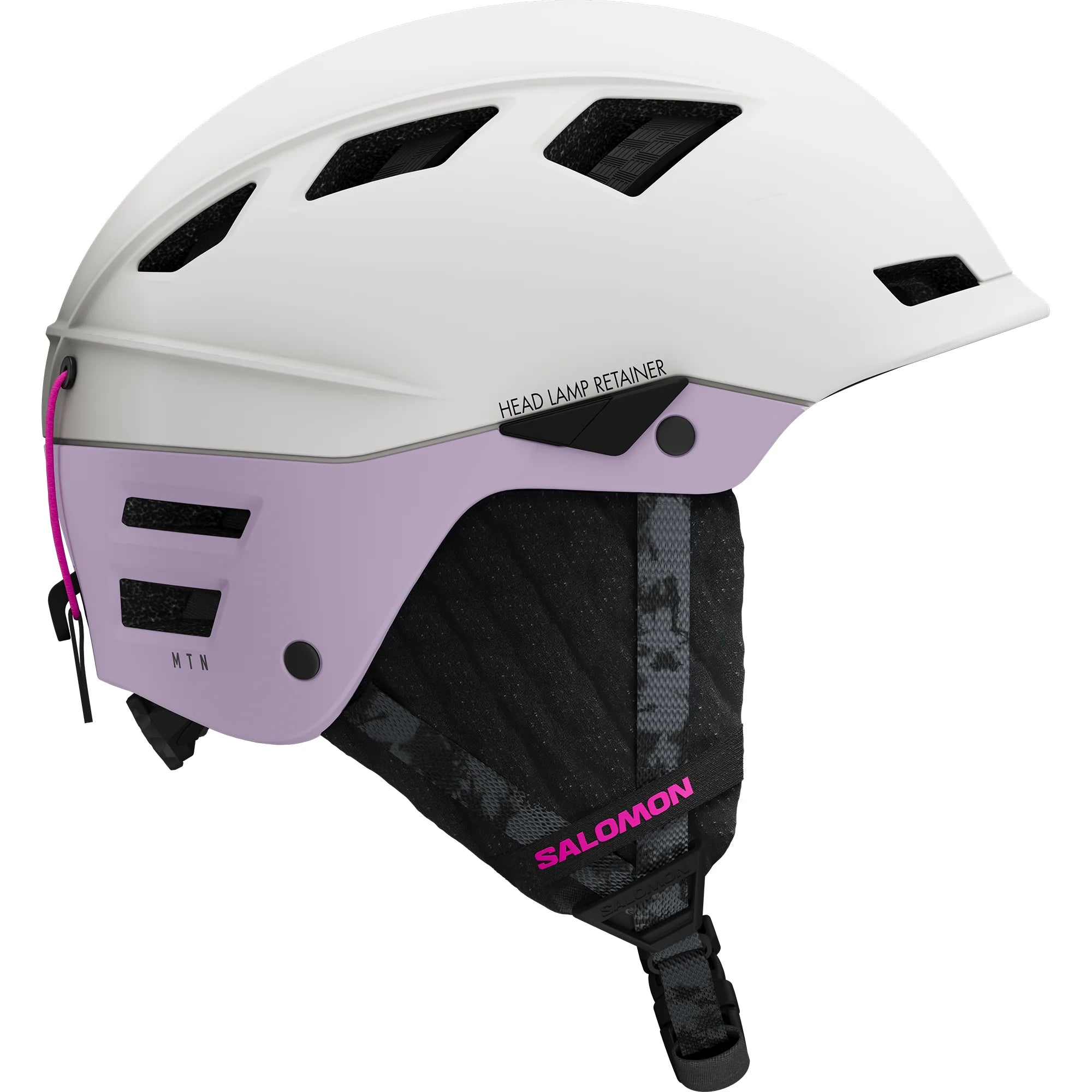
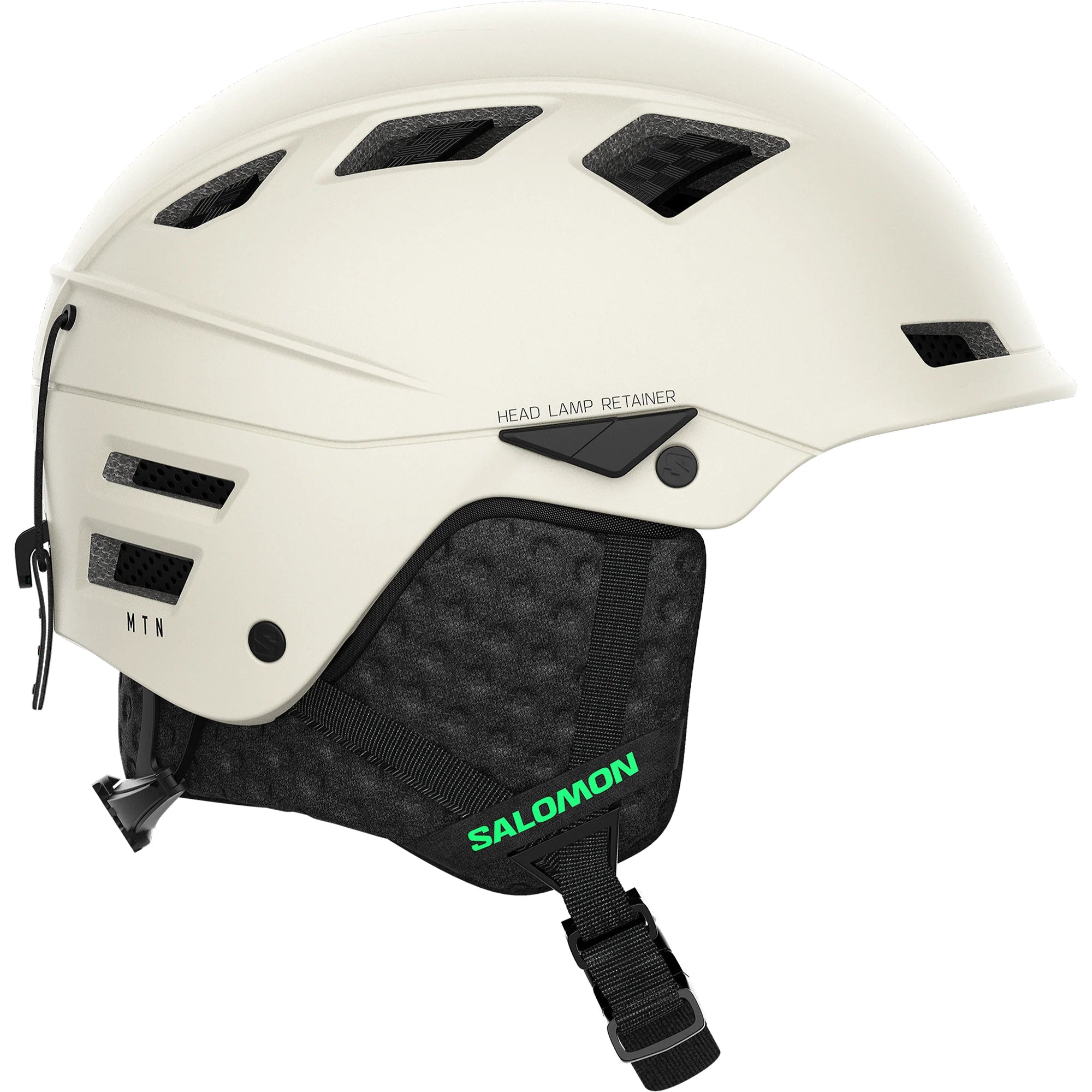
5.0 / 5.0
4 reviews5.0 / 5.0
3 reviews5.0 / 5.0
2 reviewsHeadlamp - Get the brightest headlamp you can find to facilitate route finding. The Petzl Swift is a great option that's bright and has a rechargeable, long-lasting battery life.
Sleeping Pad - GT says this item must be a minimum 20” x 45” x 1/2” with a minimum R-value of 2. The sleeping pad can either be a close cell foam like a Thermarest Z-Rest (which is light, but bulky) or an inflatable pad like one that Therm-a-rest offers.
Shelter - The Brooks Range UltraLite Alpini Shelter feels like cheating at only 230 grams. Unfortunately, the company went out of business and these are no longer produced. If you can find one congrats. If not, check out the Black Diamond Mega Light flourless, 4-season ultralight tent. Even lighter would be the Rab 2 person shelter, if you are looking for a EMGT specific emergency rig. Whatever your shelter might be, it needs to allow two people to sit upright together, permitting the team to use their stove inside the shelter.
Course Map – A waterproof map sufficient for navigation is required. This is the one GT recommends.
Stove – Commercial quality stove must be capable of melting snow in sub-zero temperatures. Pressurized fuel stoves are the best system and solid fuel stoves (Esbit) are not allowed. We recommend an alcohol stove like the MSR Pocket Rocket 2. Super light.
Fuel & Igniter - Get an Isopro fuel canister, that's if you go with a MSR Pocket Rocket or Jetboil style of stove.
Pot with Lid – Minimum capacity 20 oz. Jetboil takes the guesswork out of it.
Repair Kit – This is the minimum required for the GT: Spare pole basket, Multi-tool must include knife, pliers & screwdriver), 3’ of duct tape, 3’ of baling wire, 3’ of 2mm cord, 1 spare headlamp, 1 set of spare batteries for headlamps
First Aid Kit – This is the minimum required for the GT: 4 large safety pins & triangular bandage, 3’ of 3” wide self-adherent wrap, band-aids, 2 - 4” x 4” gauze pads, Surgical ABD (or some means to manage heavy bleeding), racer’s personal prescription meds, over-the-counter pain meds (optional)

Forget something? We will be at race registration with last-minute deals to get you dialed. Get this gear list compiled and practice touring with all of the kit. There is nothing like watching the sun rise while miles into the wilderness. Most likely, you're sweaty and tired and a bit scared. But those are the rich moments you won't forget. See you in Crested Butte once the clock strikes midnight!
Your local bike and backcountry experts. Ski touring, splitboarding, telemark skiing, and everything from road to mountain bikes; we have the gear for all your backcountry adventures!
Sign up for exclusive offers, original stories, events and more.
